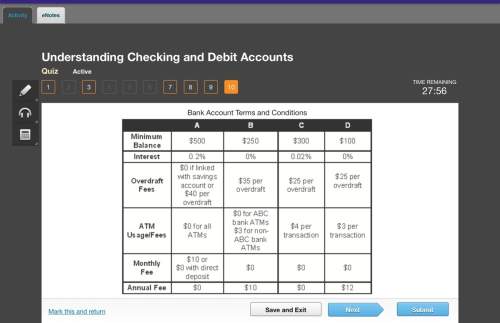
Steelcase has received orders of 2400, 2200, 2700, and 2500 units of a special-purpose panel for each of the next four months. SC can meet these demands by producing the panel, by drawing from its inventory, or by using any combination of the two alternatives. The production costs during each of the next four months are projected to be $74, $75, $76, and $76.5 per unit. Because costs are rising each month, SC might be better off producing more panel than it needs in a given month and storing the excess. Production capacity, though, cannot exceed 4000 units in any one month. The monthly production is finished at the end of the month at which time the demand is met. Any remaining panel is then stored in inventory at a cost of $1.2 per panel for each month that it remains there. If production level is increased from one month to the next, then the company incurs a cost of $0.5 per unit of increased production to cover the additional labor and/or overtime. Each unit of decreased production incurs a cost of $0.3 to cover the benefits of unused employees. The production level during the previous month was 1800 units, and the beginning inventory is 1000 units. Inventory at the end of the fourth month must be at least 1500 units to cover anticipated demand. Formulate a production plan for SC that minimizes the total costs over the next four months

Answers: 2
Another question on Business

Business, 21.06.2019 18:30
Which of the following accurately describes one way that individual goods differ from public goods? a. people can be excluded from using individual goods if they don't pay. b. all individual goods are normal goods. c. demand for individual goods is always inelastic. d. consumer rivalry results in decreasing marginal utility for individual goods.2b2t
Answers: 3

Business, 22.06.2019 10:40
Two assets have the following expected returns and standard deviations when the risk-free rate is 5%: asset a e(ra) = 18.5% σa = 20% asset b e(rb) = 15% σb = 27% an investor with a risk aversion of a = 3 would find that on a risk-return basis. a. only asset a is acceptable b. only asset b is acceptable c. neither asset a nor asset b is acceptable d. both asset a and asset b are acceptable
Answers: 2

Business, 22.06.2019 12:10
Laws corporation is considering the purchase of a machine costing $16,000. estimated cash savings from using the new machine are $4,120 per year. the machine will have no salvage value at the end of its useful life of six years and the required rate of return for laws corporation is 12%. the machine's internal rate of return is closest to (ignore income taxes) (a) 12% (b) 14% (c) 16% (d) 18%
Answers: 1

You know the right answer?
Steelcase has received orders of 2400, 2200, 2700, and 2500 units of a special-purpose panel for eac...
Questions



Mathematics, 18.04.2021 04:40

Mathematics, 18.04.2021 04:40

Mathematics, 18.04.2021 04:40



Computers and Technology, 18.04.2021 04:40

Computers and Technology, 18.04.2021 04:40


History, 18.04.2021 04:40






Chemistry, 18.04.2021 04:40

Mathematics, 18.04.2021 04:40

Computers and Technology, 18.04.2021 04:40

 be the inventory at the end of month n.
be the inventory at the end of month n.  be the initial inventory at the start of month 1.
be the initial inventory at the start of month 1. + 75
+ 75 + 76
+ 76 + 76.5
+ 76.5
 )
) 2400
2400


 =
= 
 4000 for n = 1, 2, 3 ,4
4000 for n = 1, 2, 3 ,4


